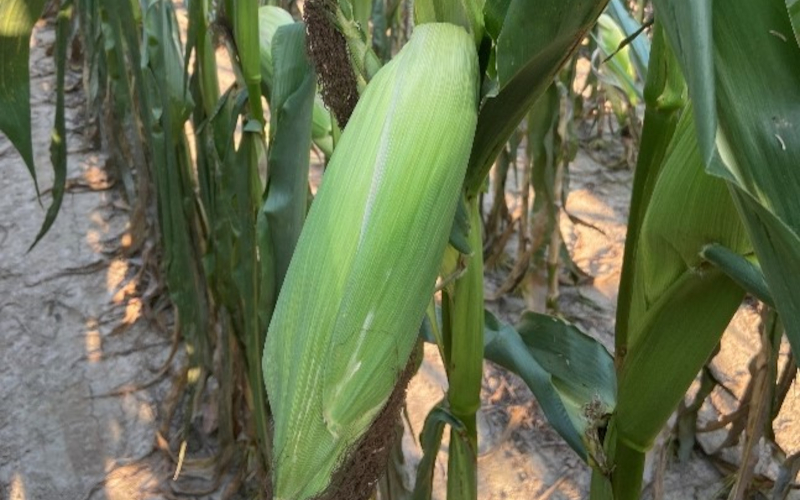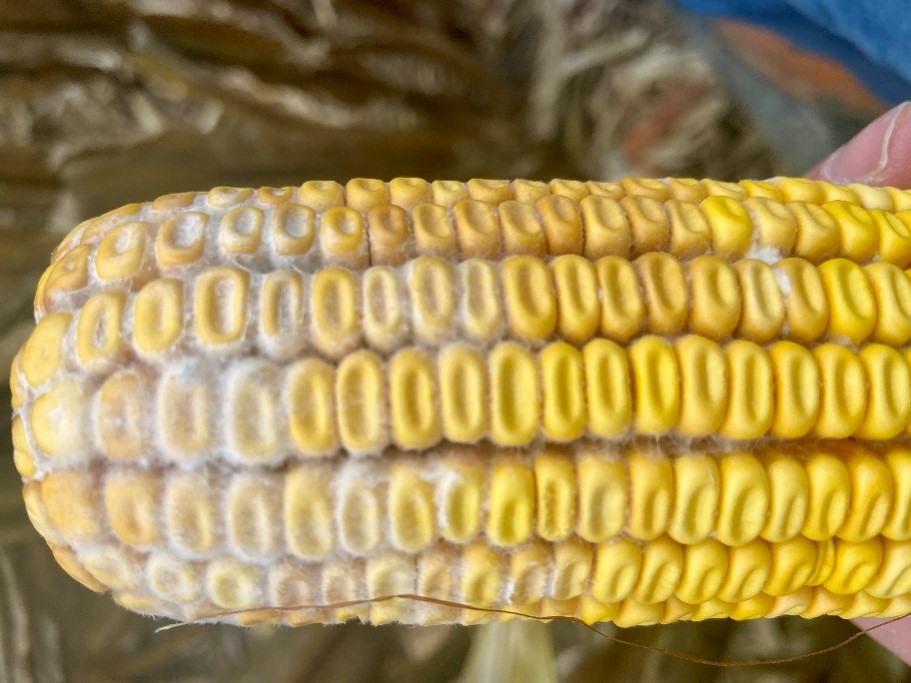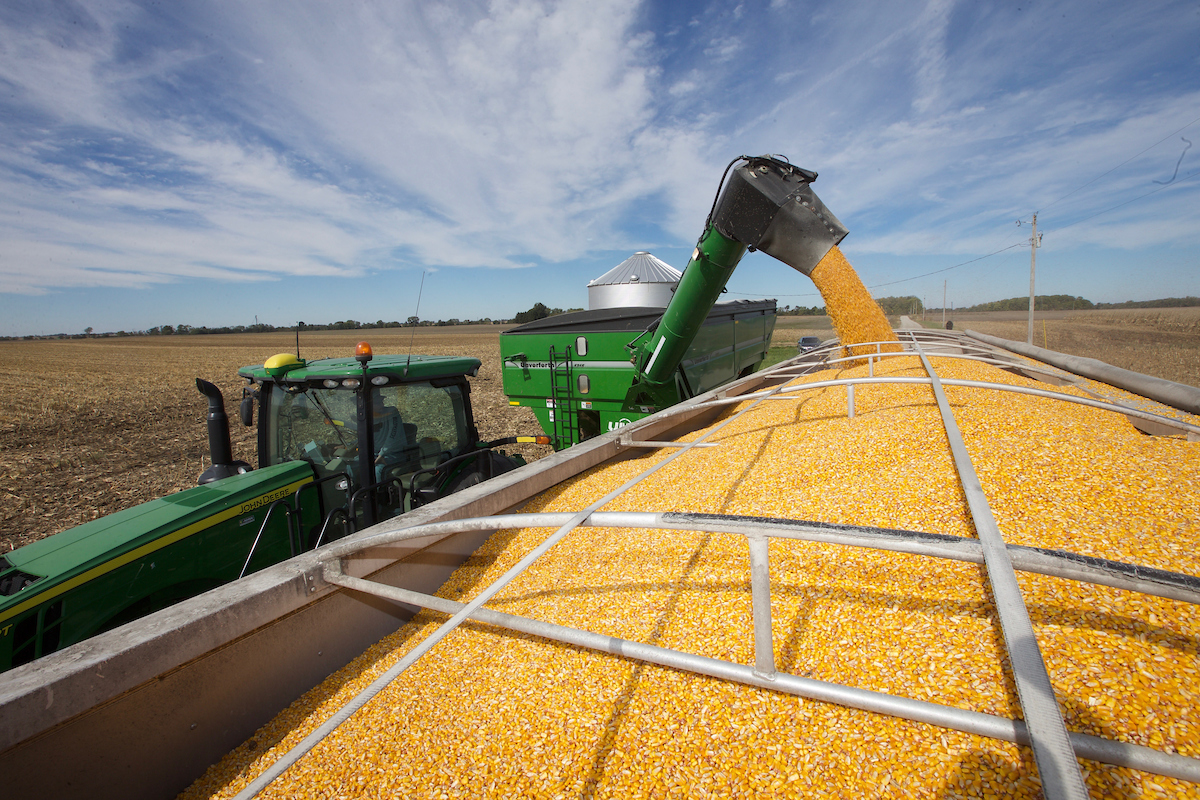As spring approaches and farmers and agronomists begin to get anxious as corn planting approaches, the question that often arrives each year is when is the best time to begin planting? This question is often argued between farmers and agronomists, with farmers often wanting to plant earlier and agronomists often advising them to wait. This argument is often followed by an “I told you so” by one or the other at the end of the year, depending on growing season conditions and harvest results.
In Indiana, the optimum planting “window” for maximum corn yield potential occurs between April 20 and May 10 of each year. For the southern counties in the state, this “window” may be shifted one week earlier and for the northern counties in the state, this “window” may be shifted one week later. Overall, when examining previous year planting progress for Indiana from USDA-NASS crop reports, planting progress typically begins to increase around the 20th of April, with the majority of planting finishing toward the end of May. Previous research has shown that corn yield potential begins to decrease approximately 0.3% per day once planting is delayed beyond May 1st and approximately 1% per day if corn planting is delayed until the end of May. These decreases in corn yield potential are often contributed to a shortened growing season, elevated pest pressure, and increased potential for high heat and dry conditions during pollination. However, it is important to understand that delayed planting may only impact potential yield and not actual yield in a specific year. Just because corn was planted late, doesn’t mean high yields won’t be achieved. Many different factors and conditions beyond planting date can impact actual corn yield throughout the season and in certain instances, late-planted corn can out yield early-planted corn due to exposure to various conditions throughout the season. It is important to remember that chasing a calendar date to get corn planted is often not the smartest decision. For example, chasing a calendar date can result in corn being planted in less-than-ideal soil conditions causing issues such as compaction, poor root growth, uneven emergence, and seedling disease which ultimately result in lower yield.
Soil temperature is also always a hot topic each year as planting approaches. Pictures of digital thermometers placed in the soil are often shared as everyone waits for the infamous 50oF to be achieved to begin planting. However, it is important to remember that corn typically needs 115 growing degree days to emerge and if the soil temperature is at 50oF and continues to average only 50oF for a length of time, corn can take upwards of 35 days to emerge. Whereas, if corn is planted into a soil with a daily average temperature of 65oF, emergence can occur in 7 days or less. The overall goal is to achieve rapid emergence of corn plants to shorten the period an emerging plant is exposed to certain stresses, limit the potential for uneven emergence, and also achieve more stress tolerant plants. The bottom line is that when corn planting season is approached, it is more important to pay attention to specific soil conditions and the upcoming weather forecast, rather than chasing a specific calendar date or a specific soil temperature of 50oF when choosing to make the decision to start planting.
References
Nielsen, R.L. 2019. The Planting Date Conundrum for Corn. Corny News Network, Purdue Extension. https://www.agry.purdue.edu/ext/corn/news/timeless/PltDateCornYld.html
Nielsen, R.L. 2018. Corn & Soybean Planting Progress in Indiana Over the Years. Corny News Network, Purdue Extension. http://www.kingcorn.org/news/timeless/PlantingPace.html





